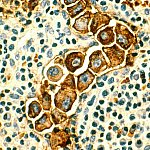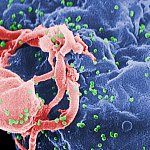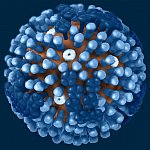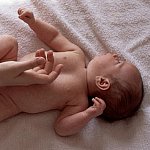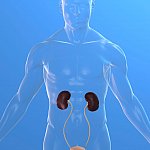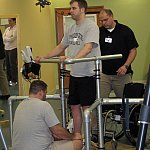You are here
December 31, 2011
2011 Research Highlights — Clinical Breakthroughs
Prevention, Diagnosis and Treatment of Human Disease
NIH conducts and funds wide-ranging research to improve the nation's health. With NIH support, scientists across the country and around the world uncover basic biomedical advances and conduct the clinical and translational research that transforms discoveries into medical practice. Here's just a small sampling of the accomplishments made by NIH-supported scientists in 2011.

